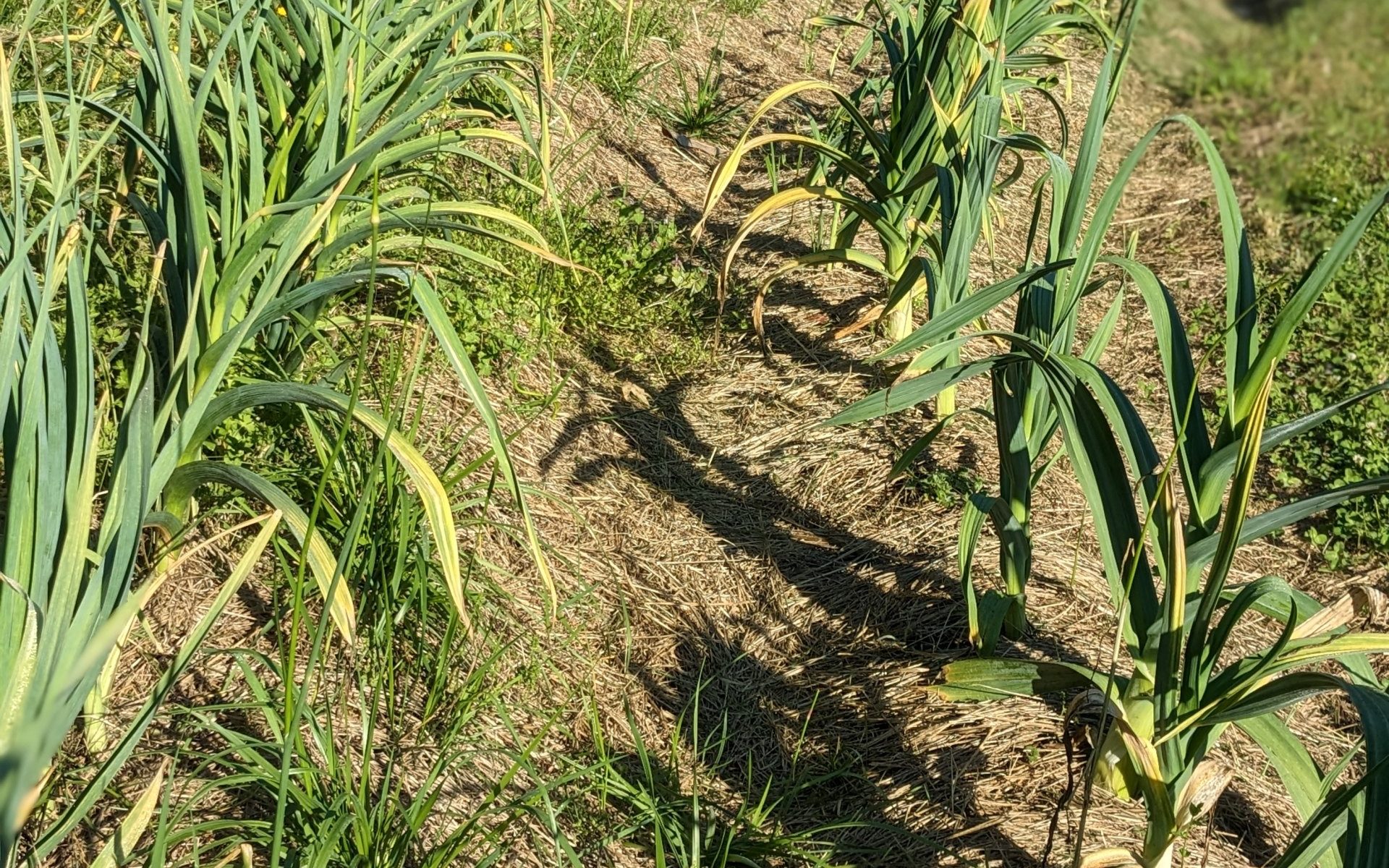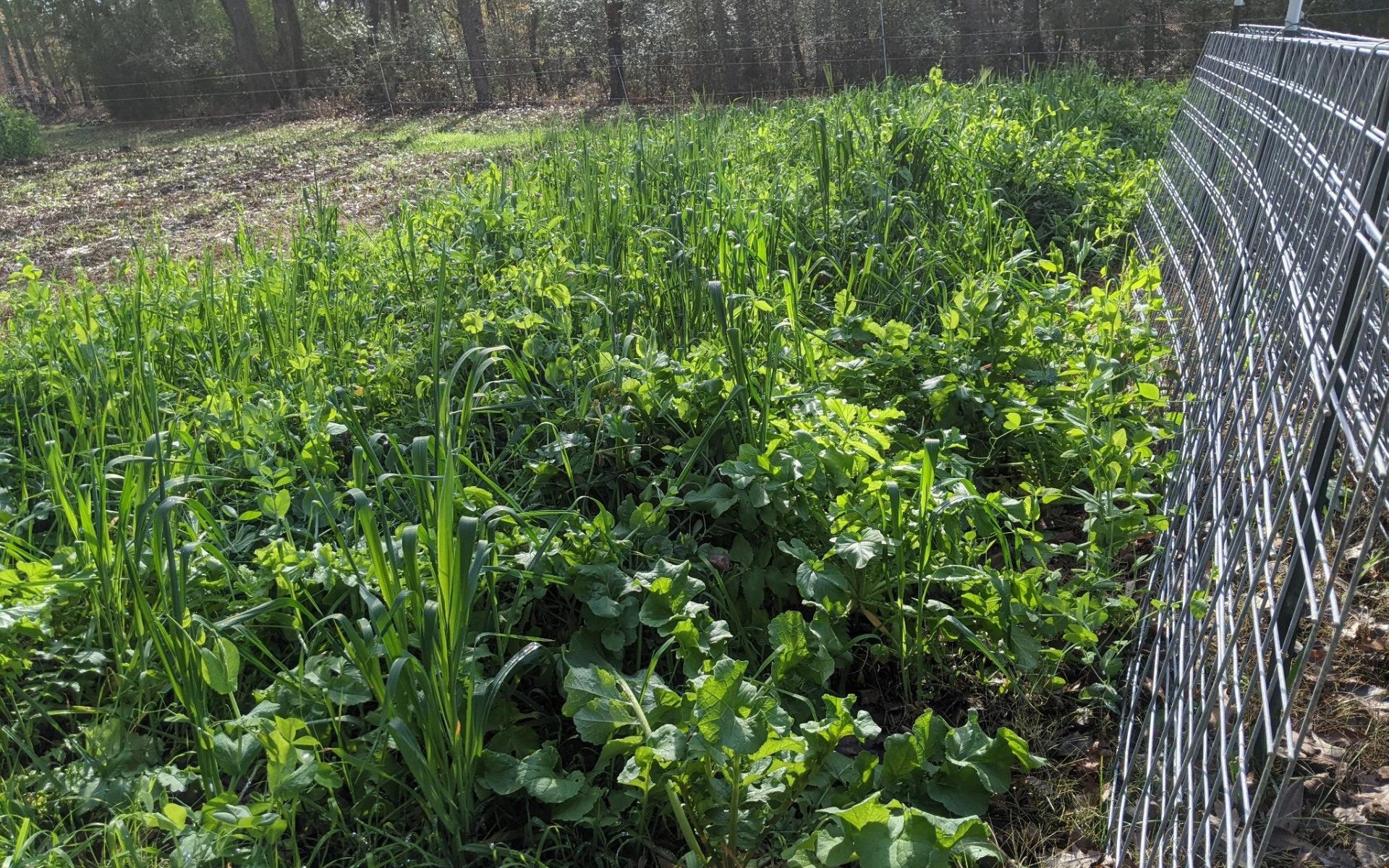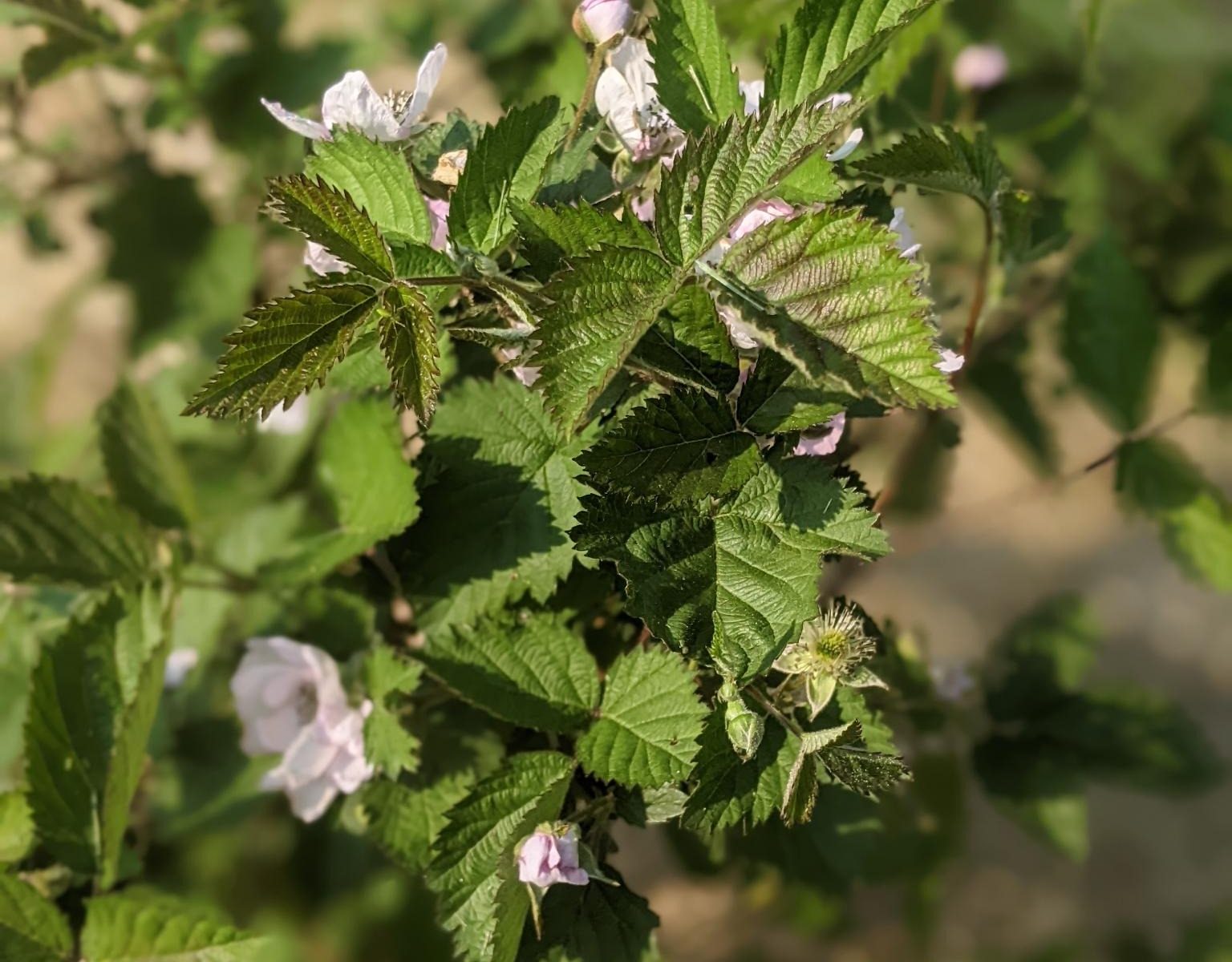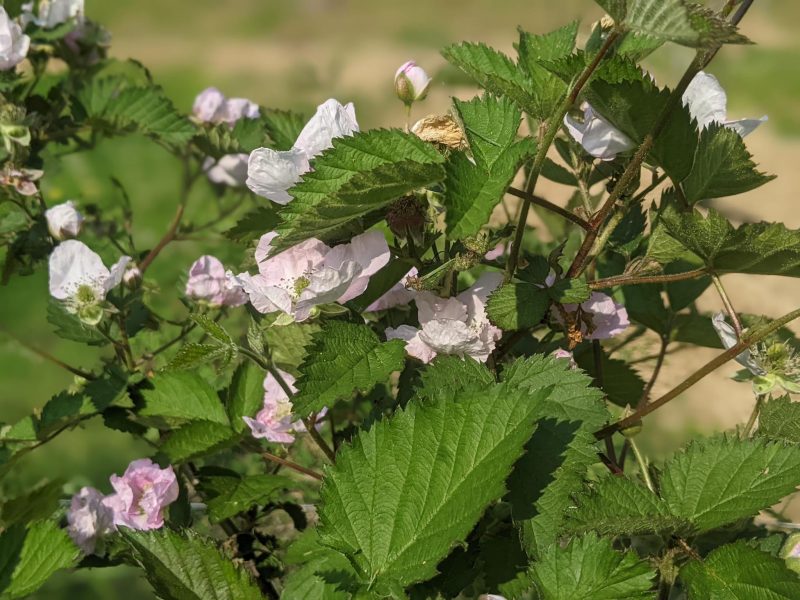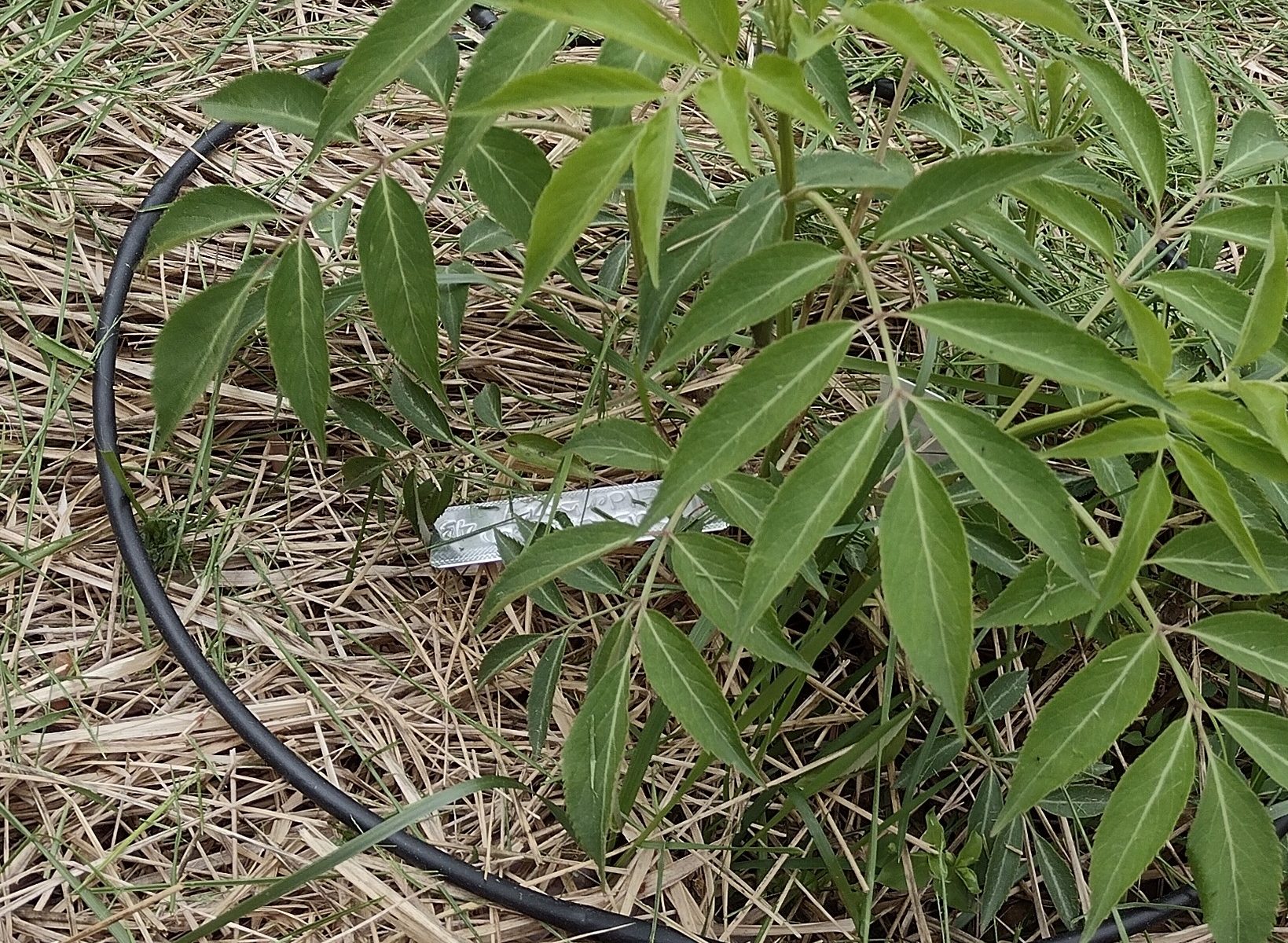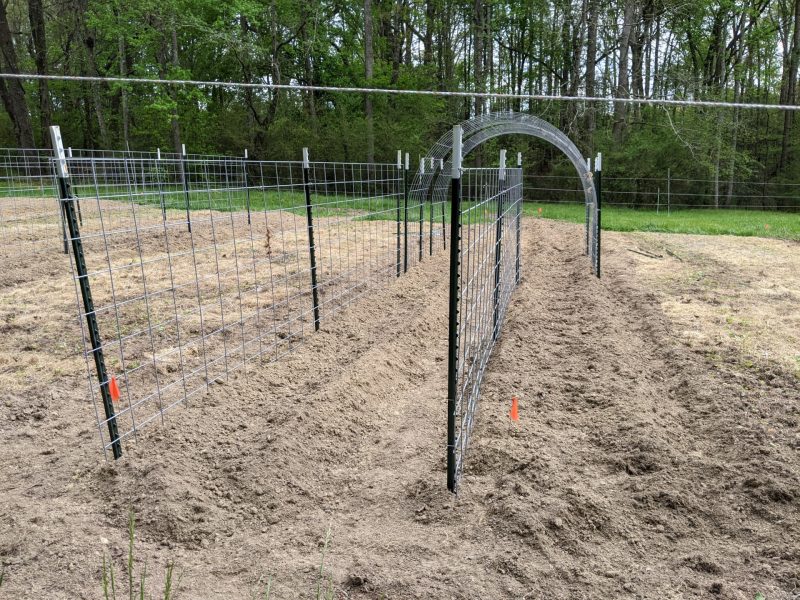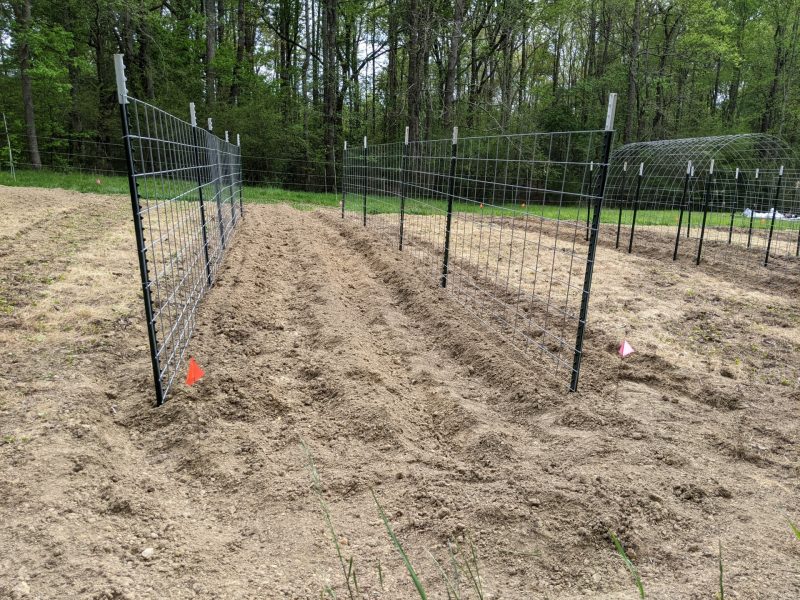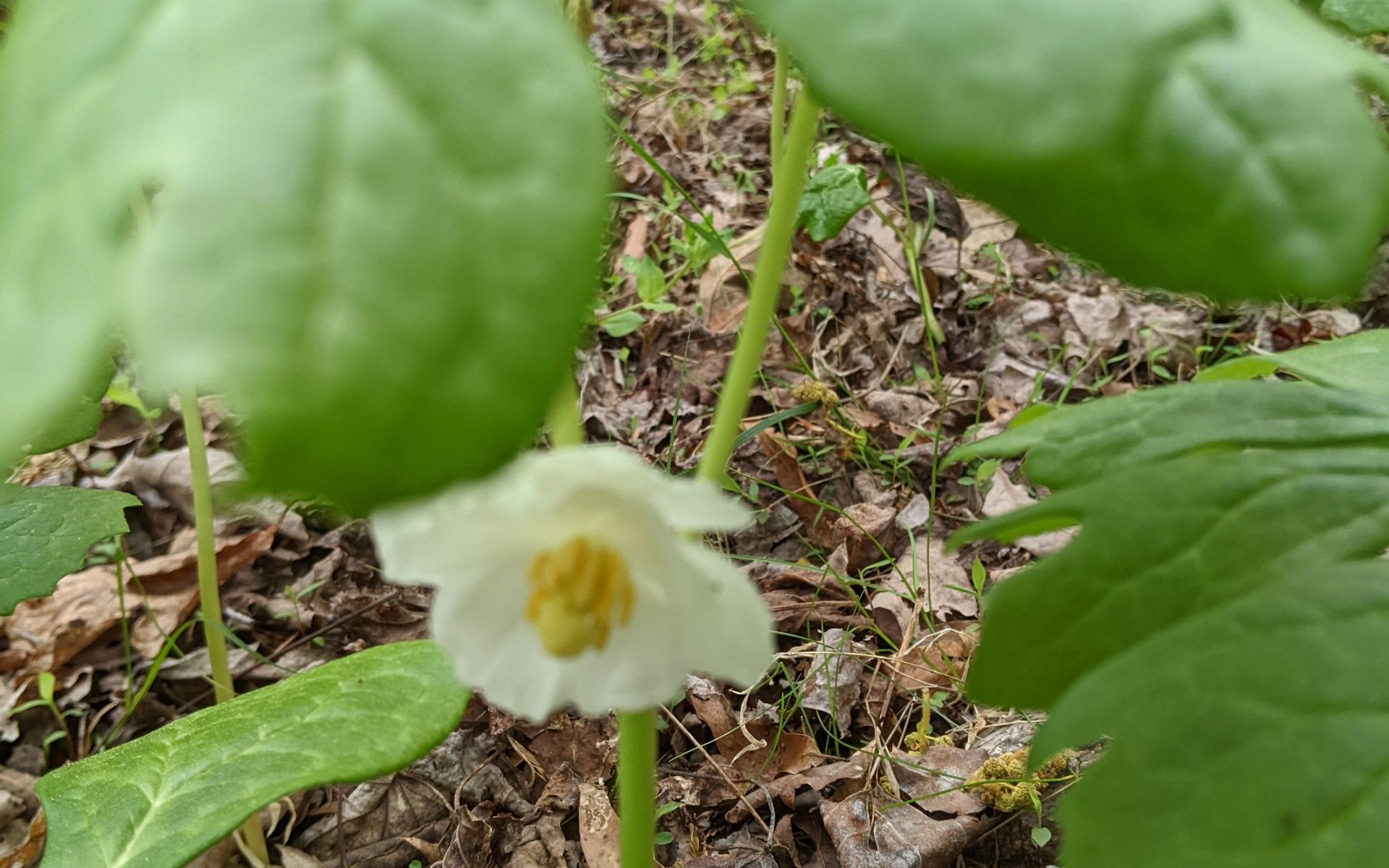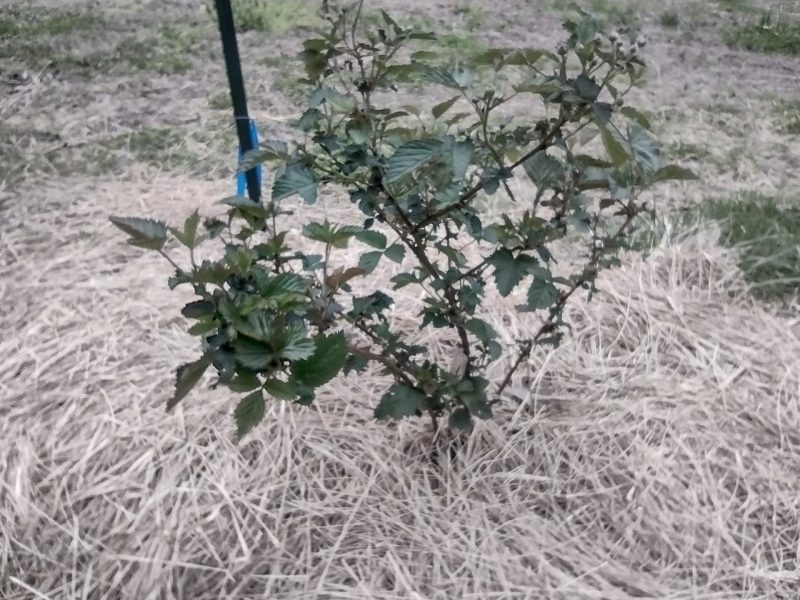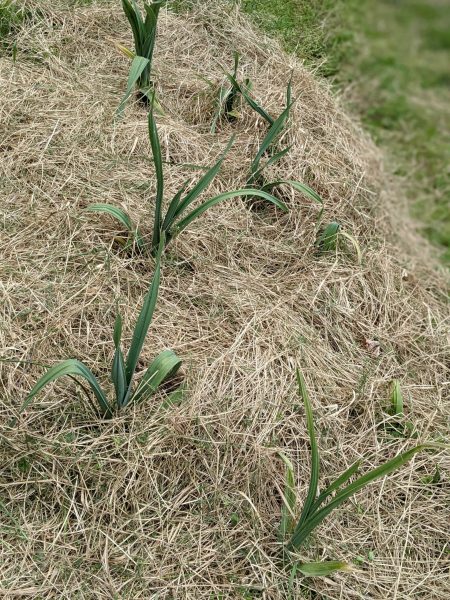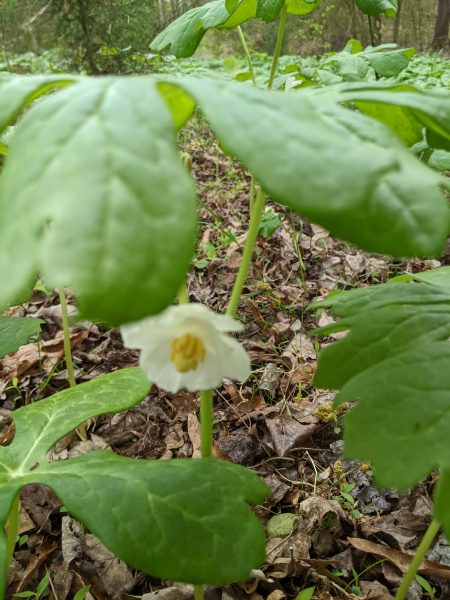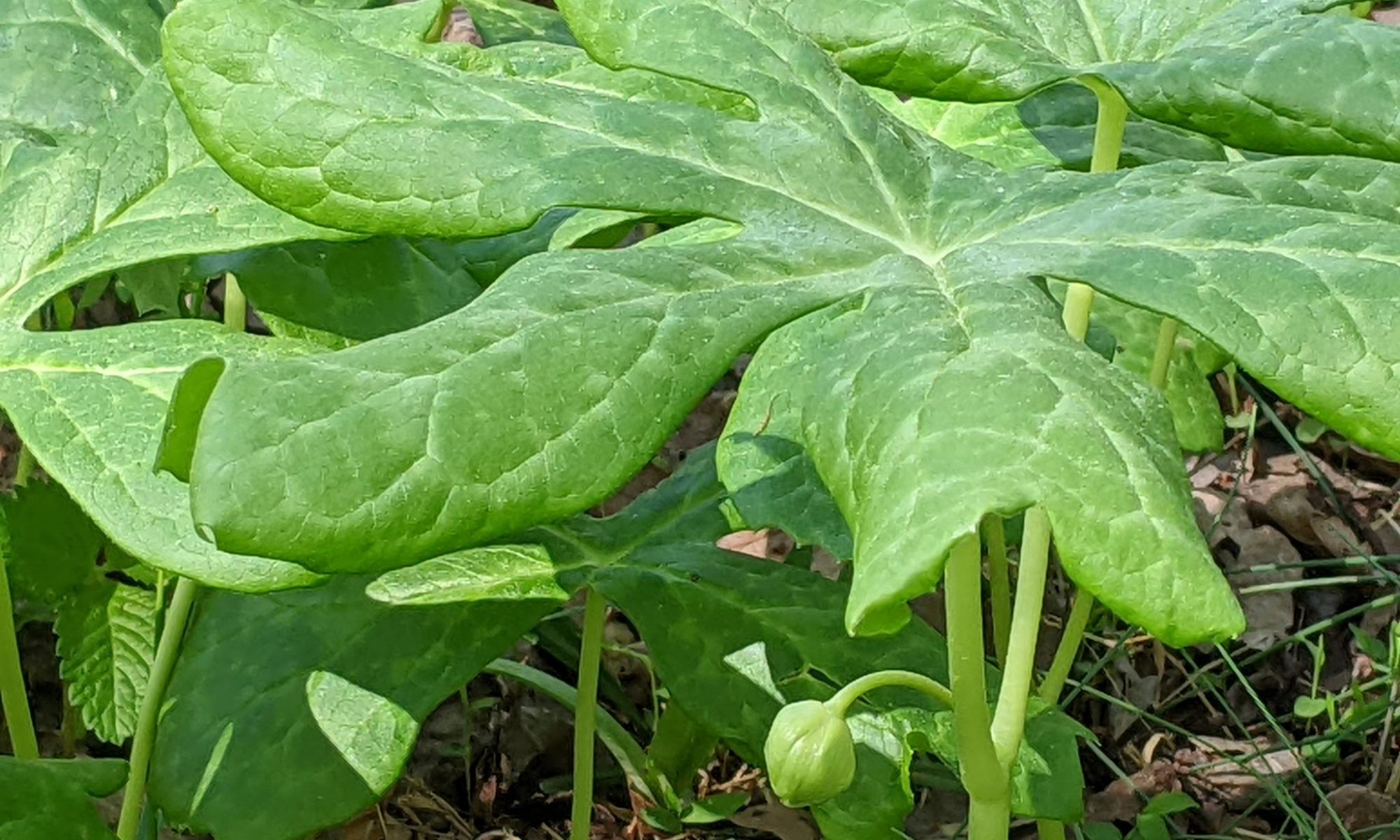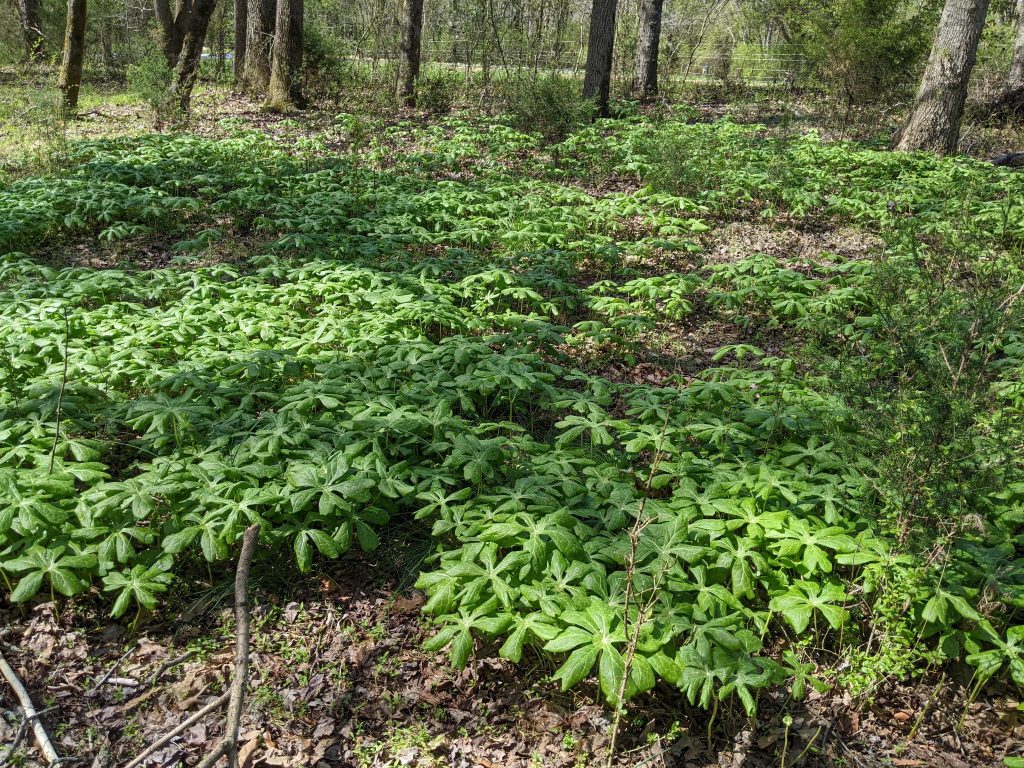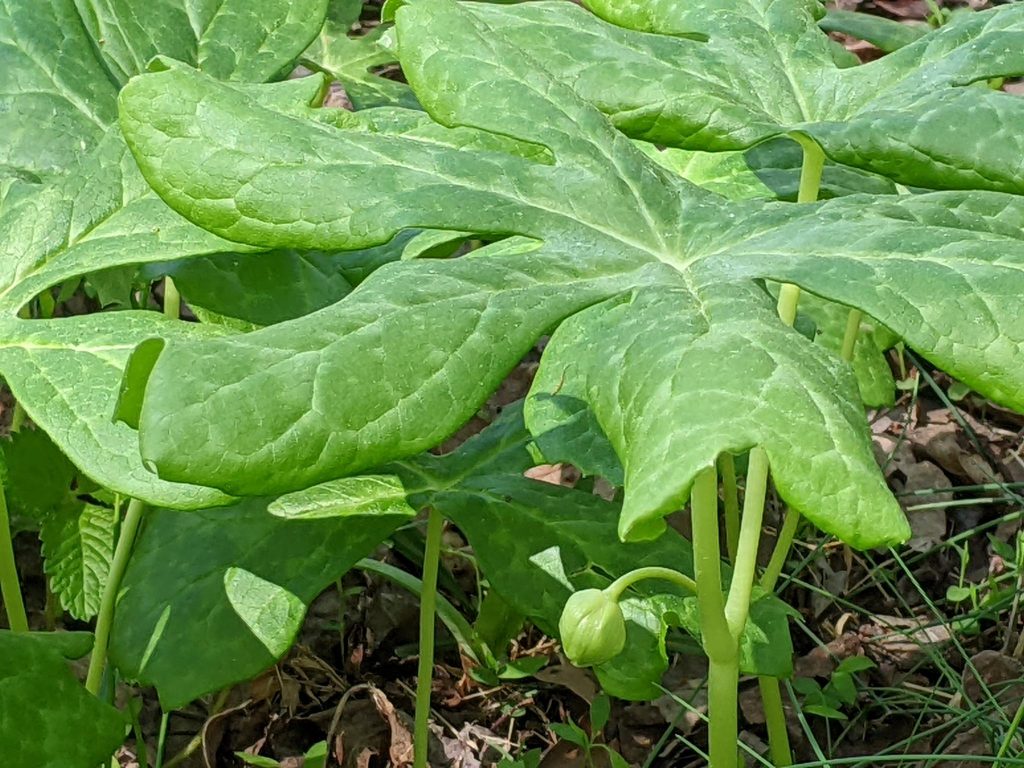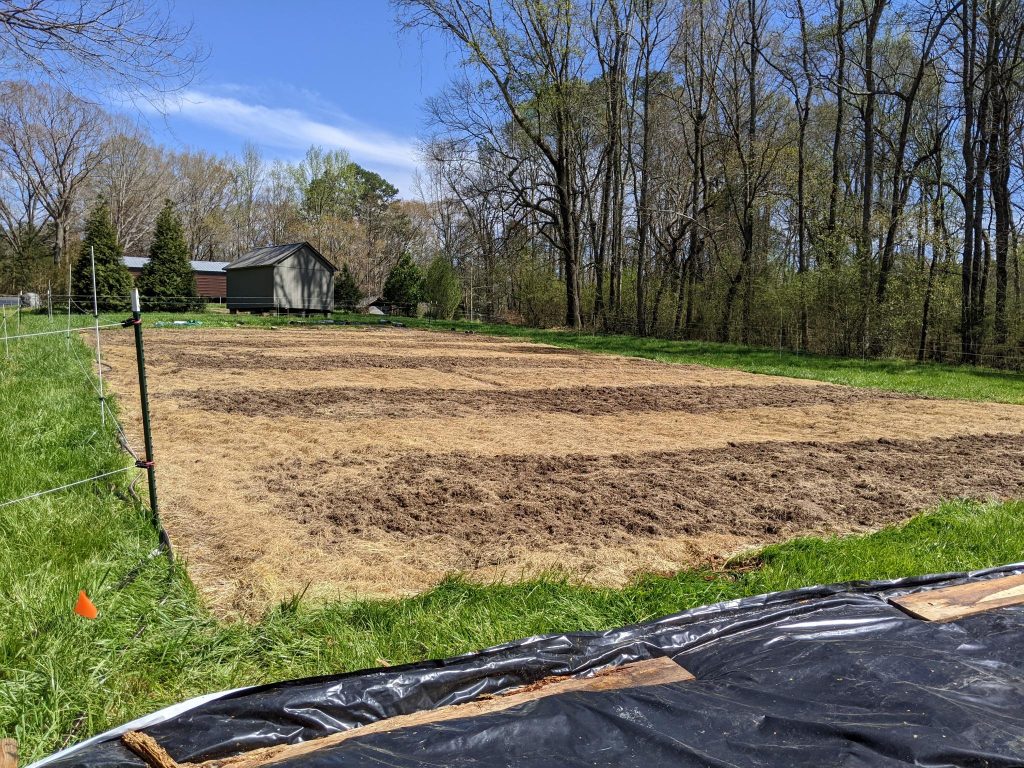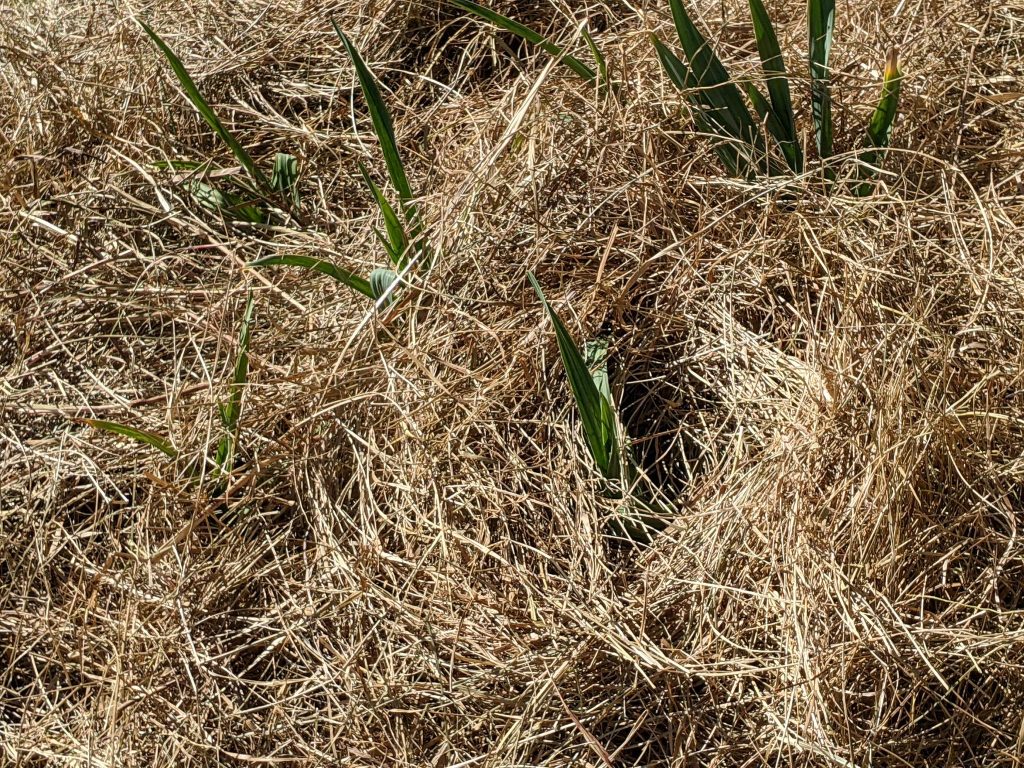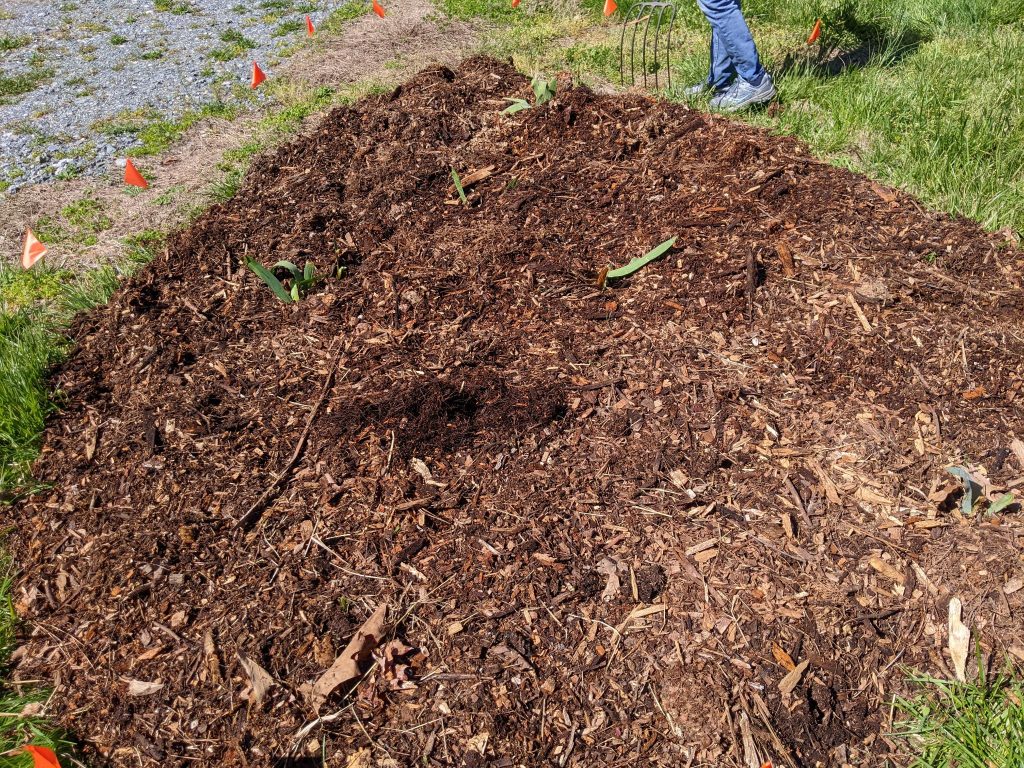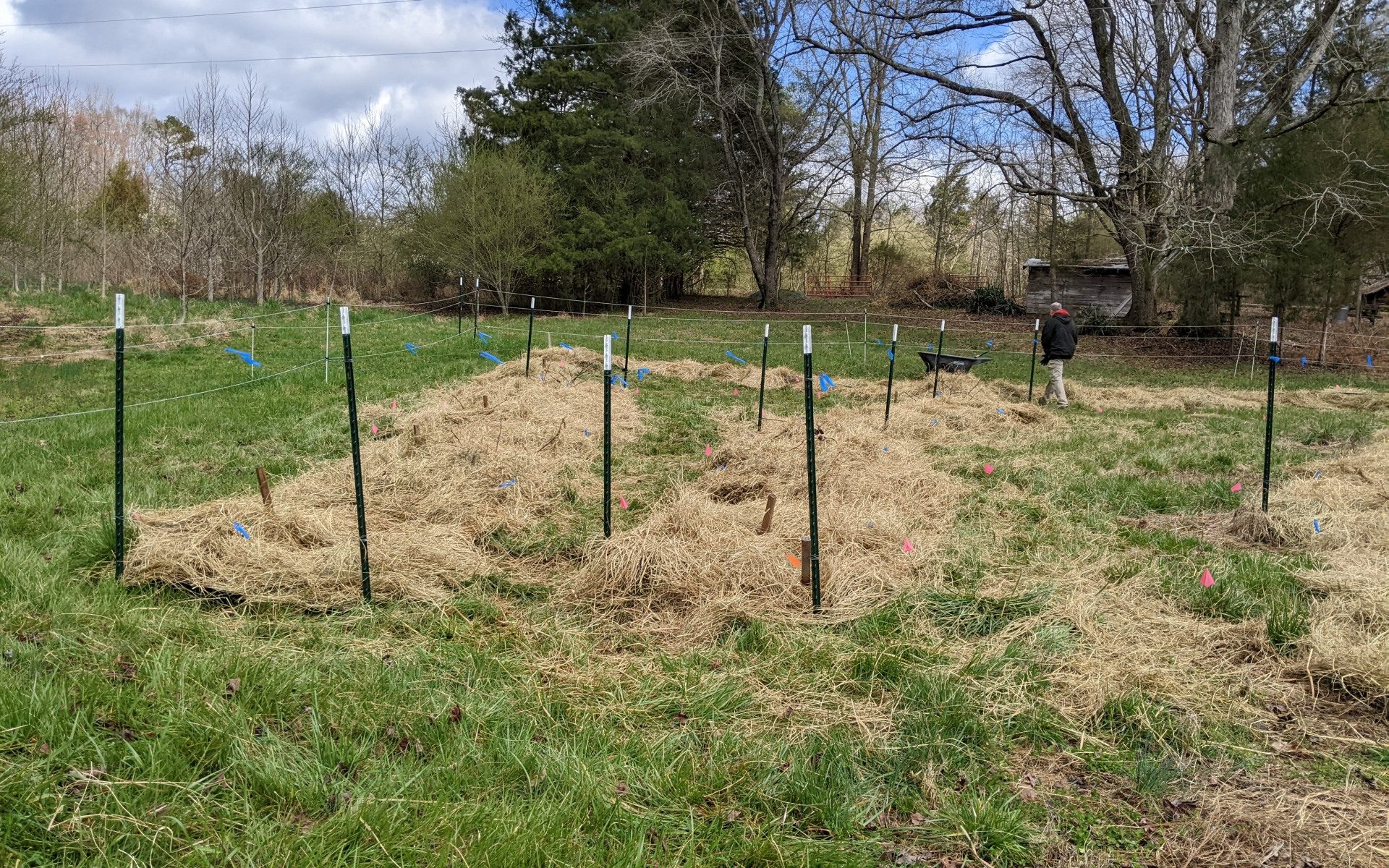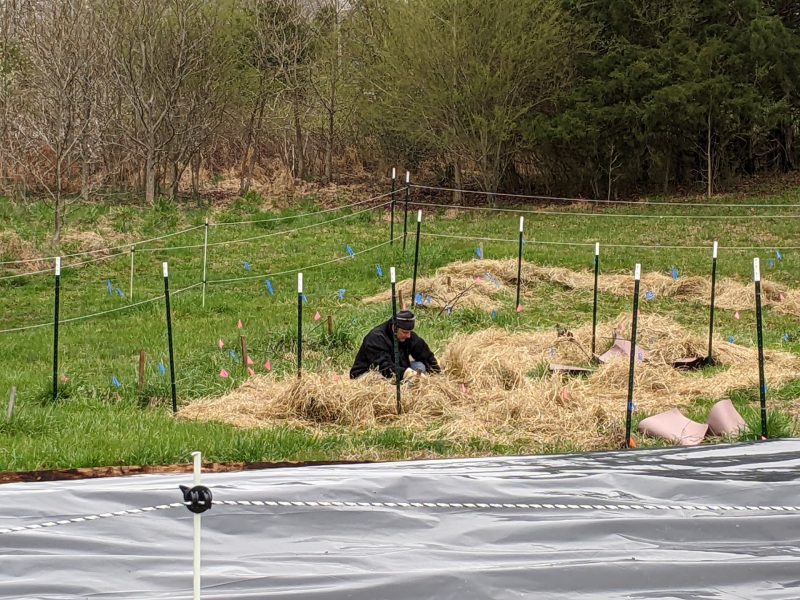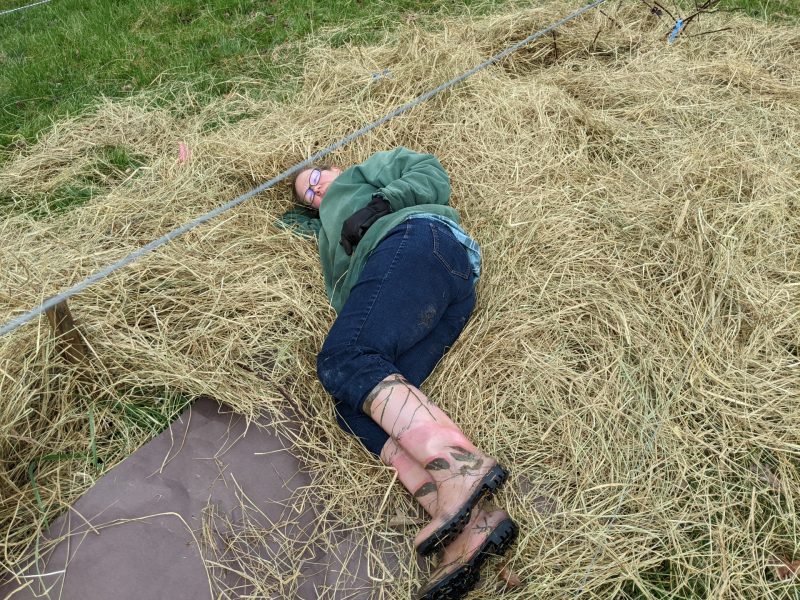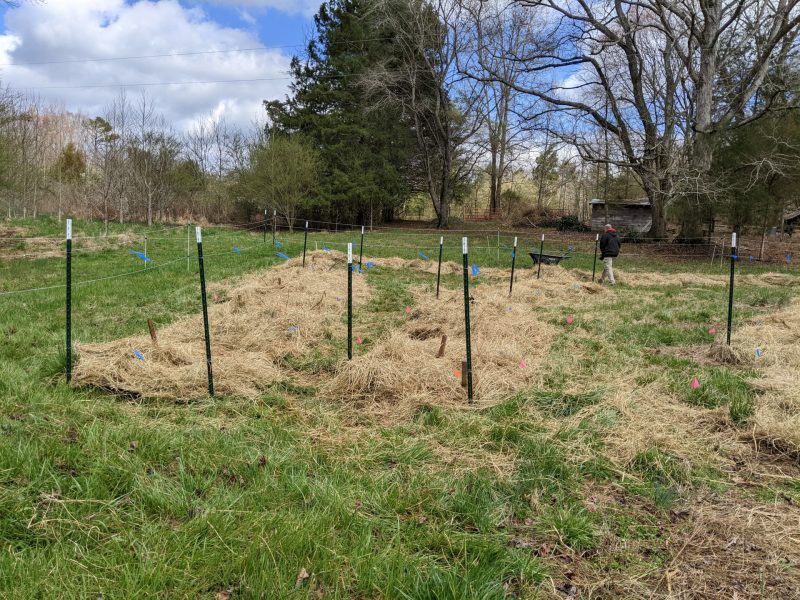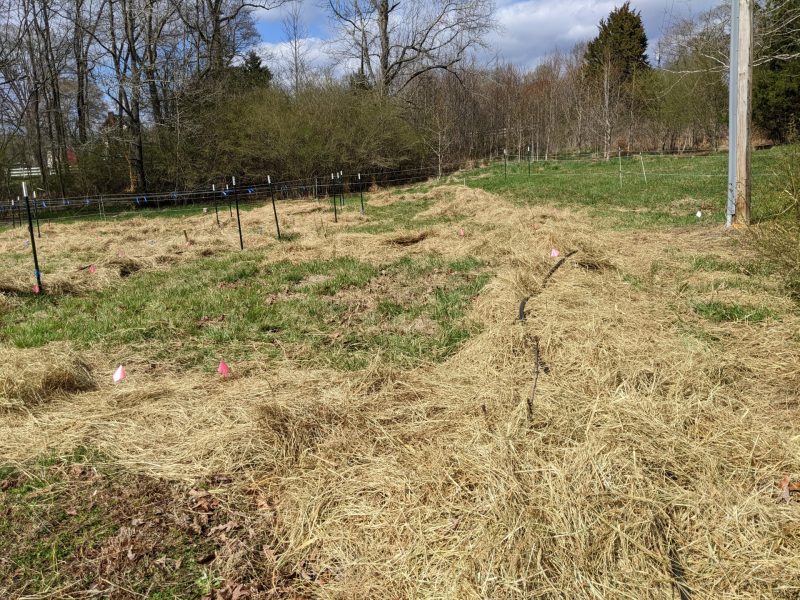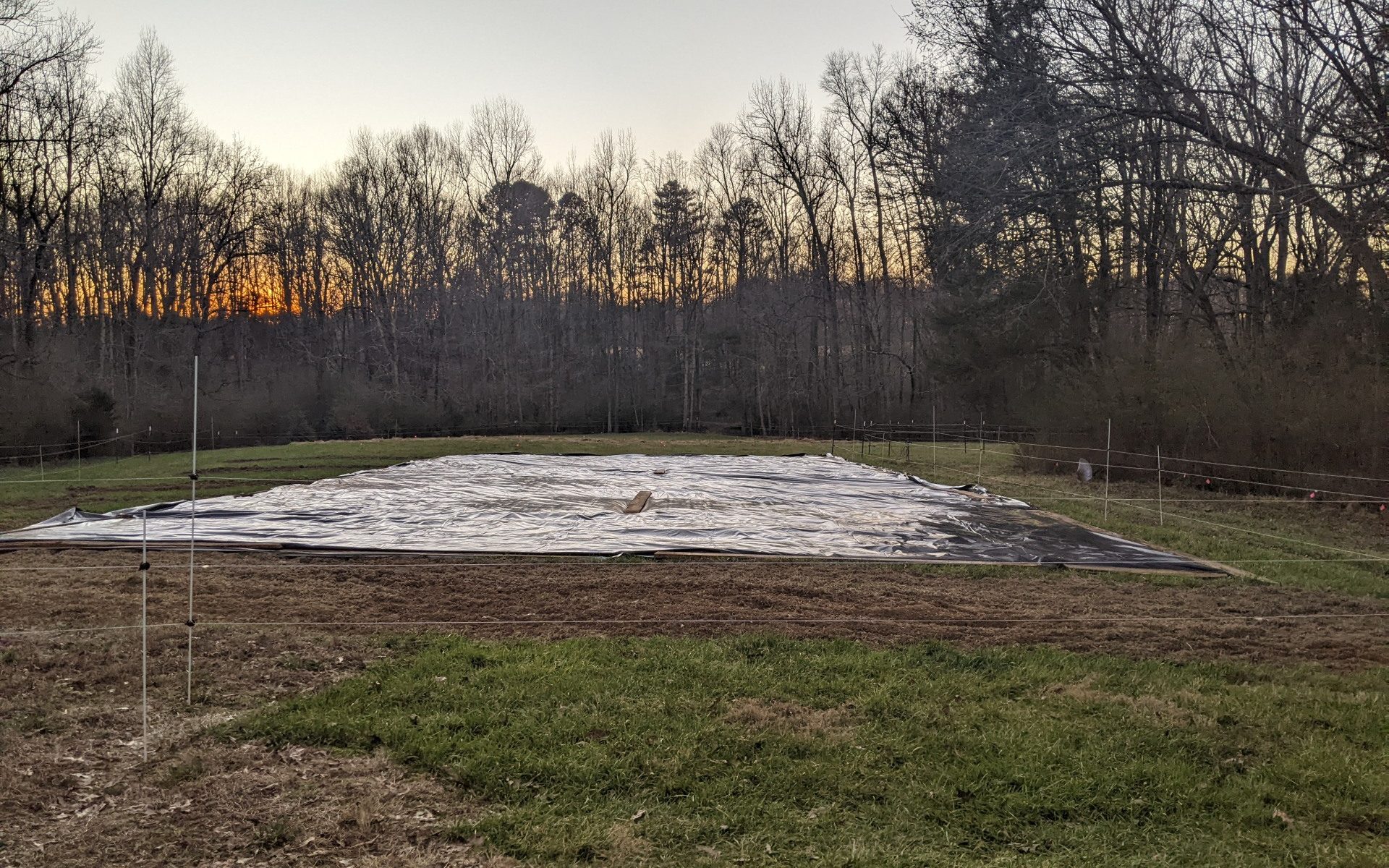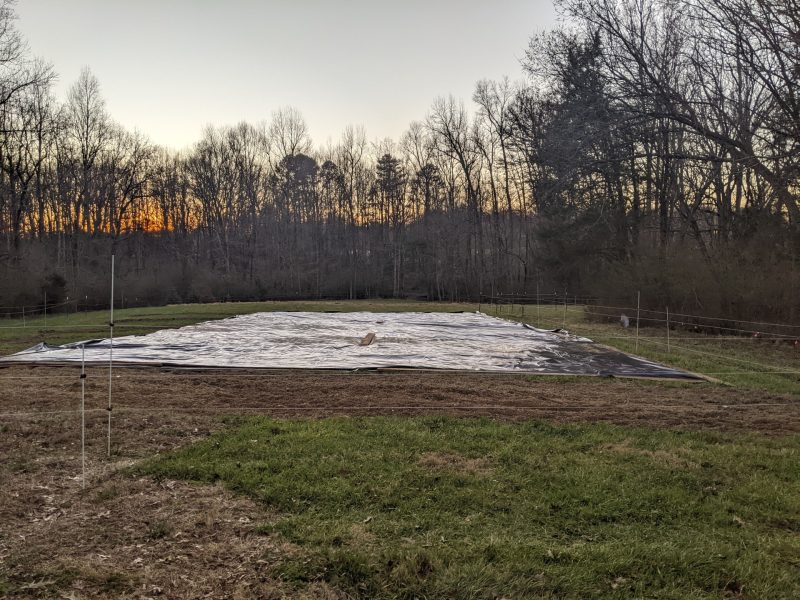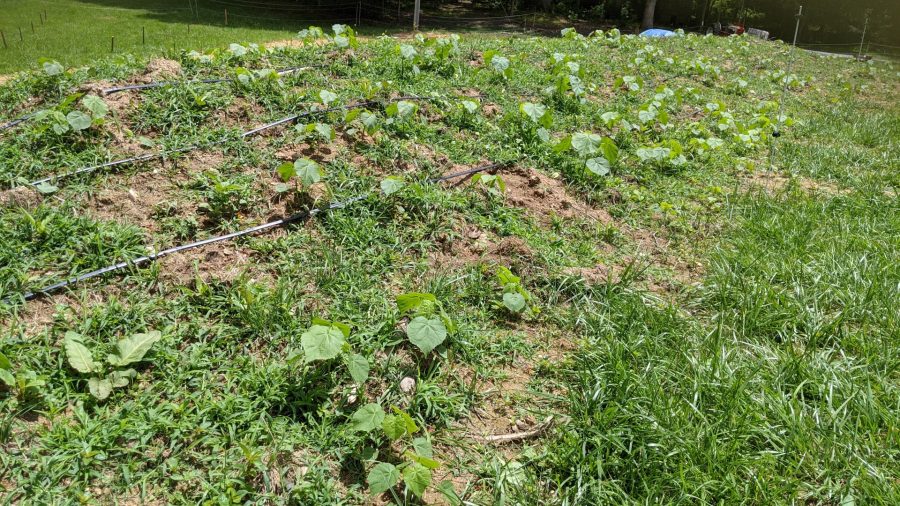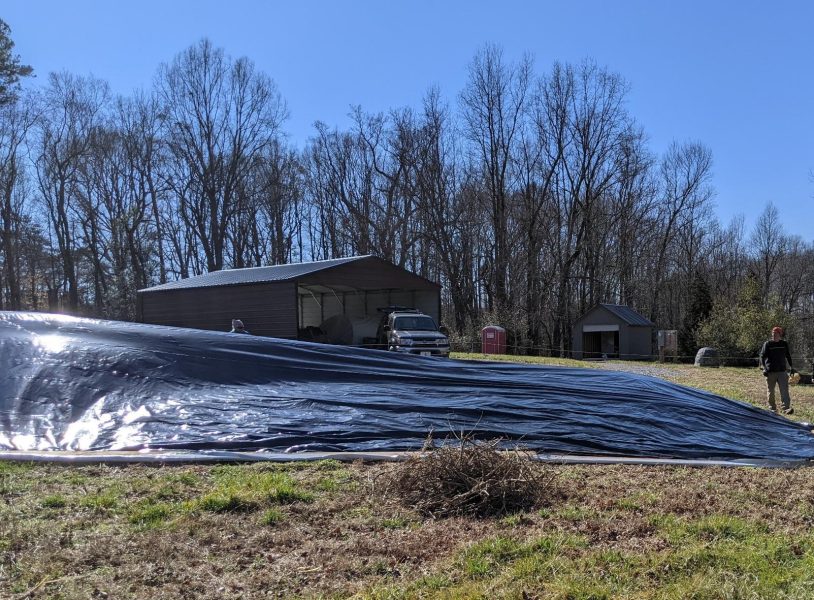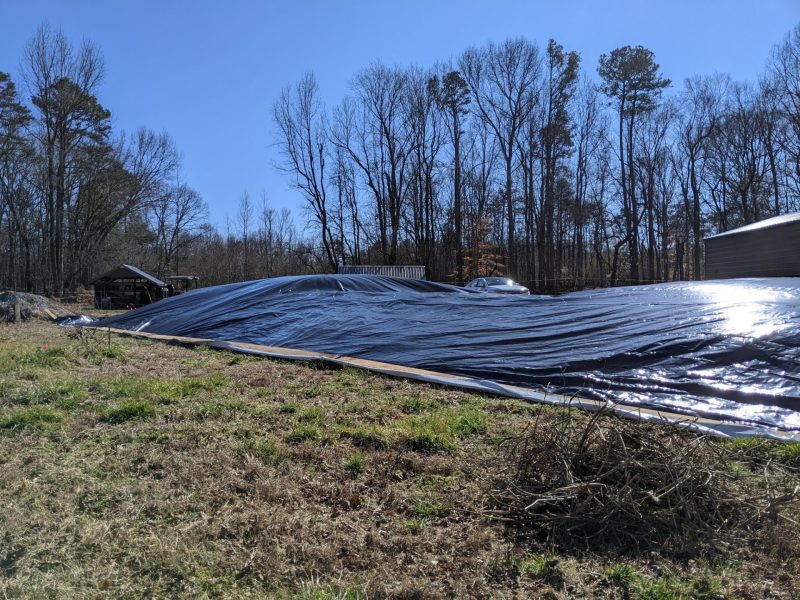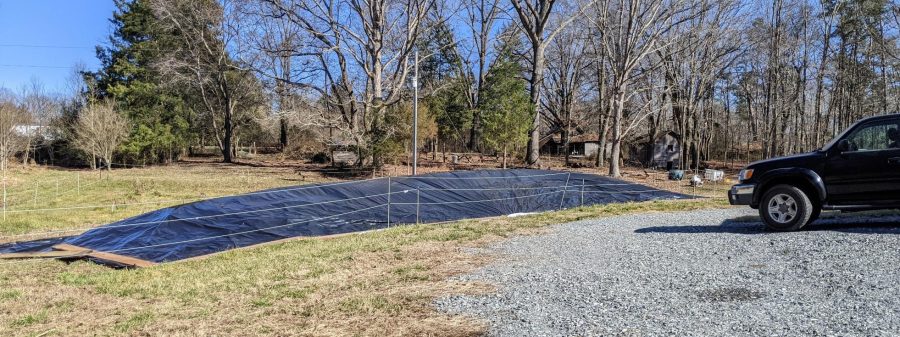Every year we do a farm tour on Simply Us Farm. This is a great chance to meet the farmers and see the farm. We’ll show you our work in progress and talk about how we do regenerative farming.

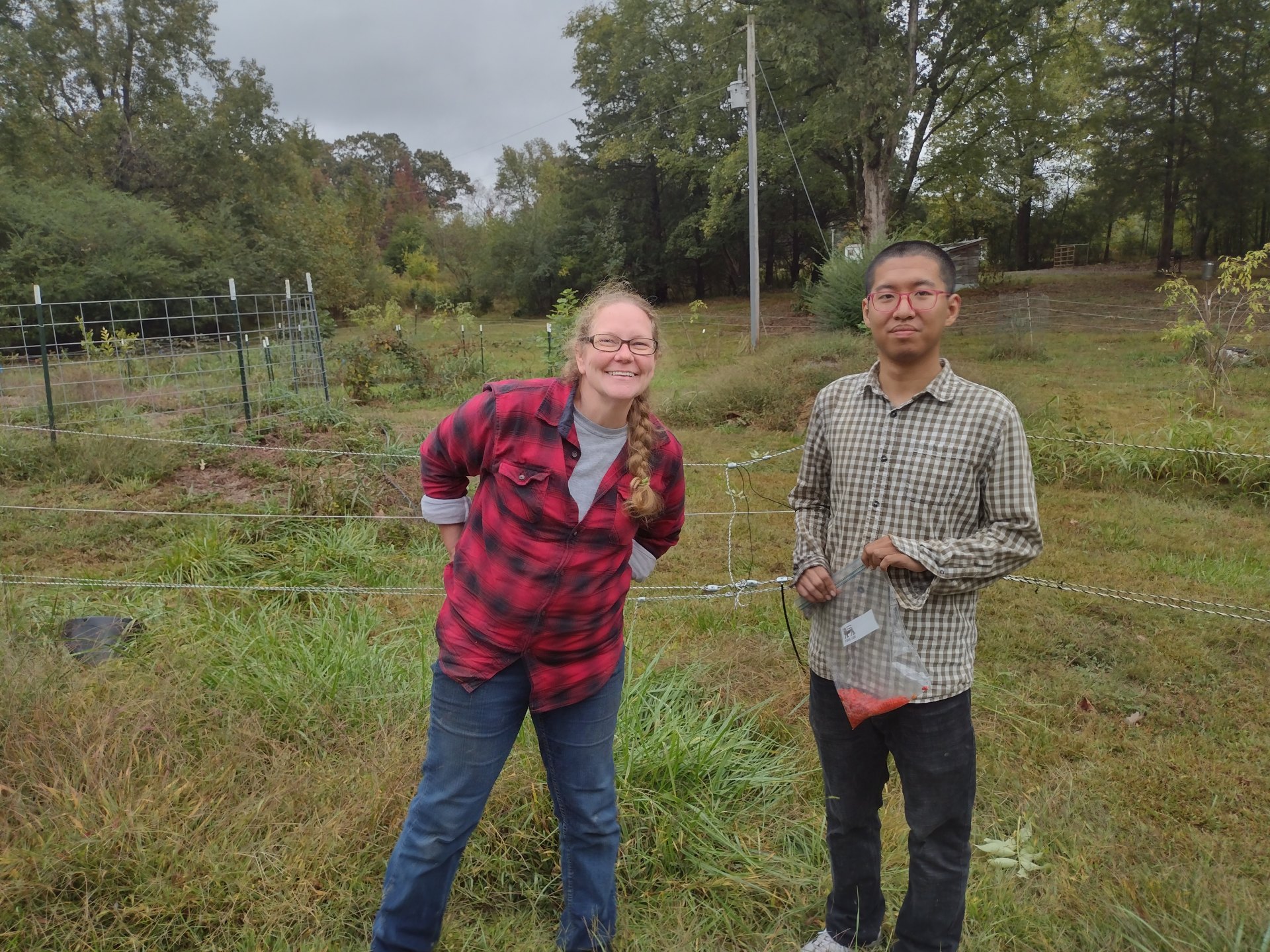
Farm tour includes
– detailed tour (family friendly)
– 1/2 lb of honey from our remote mountain location of Troublesome Gap, NC
What to Bring
Just bring yourself and your family and comfortable shoes. We plan to walk on grassy fields and uneven ground.
We are Dirt Farmers and Pesticide / Insecticide Free
If we grow good dirt, then plants will grow and produce abundantly. We use a minimum of organic fertlizers. We avoid the use of synthetic fertilizers. We also don’t use any pesticides or insecticides. We do use natural amendments like woodchips, hay (pesticide / herbicide free) and feather meal.
Diversity of Plants and Trees on the Farm
Let us introduce you to some of the variety of plants, bushes and trees on the farm including
Row Crops
– garlic and onions
– potatoes
– moringa
Fruit Bearing Trees
– mulberry
– hazel
– black walnut
– figs
– olive
– persimmon
– paw paw
Fruit Bearing Bushes
– blueberry
– goji berry
– elderberry
– blackberry
Specialty
– native cactus (edible / nopales)
– comfrey
– honey bees


